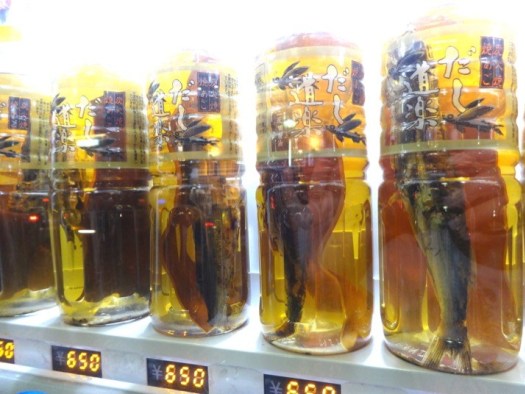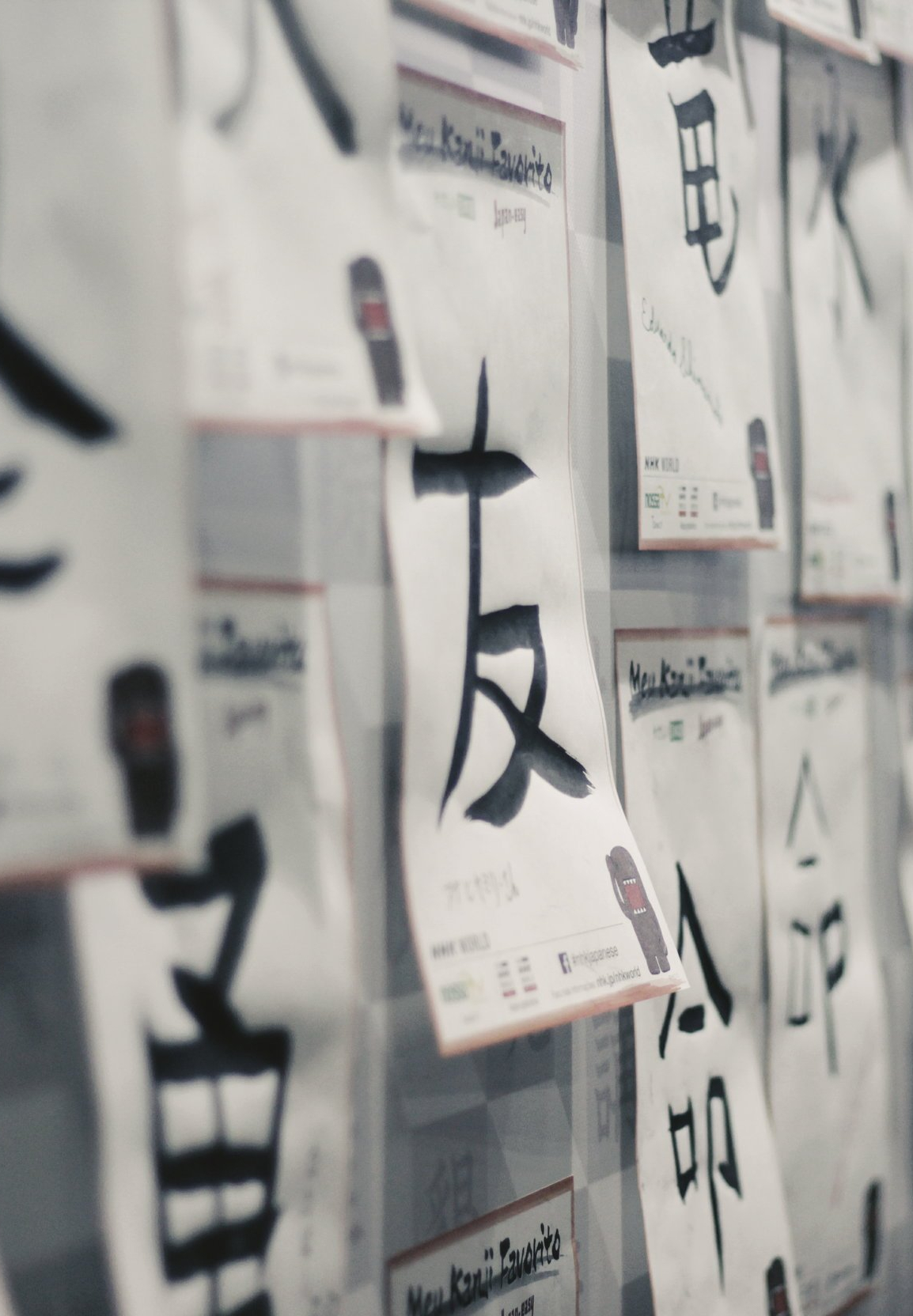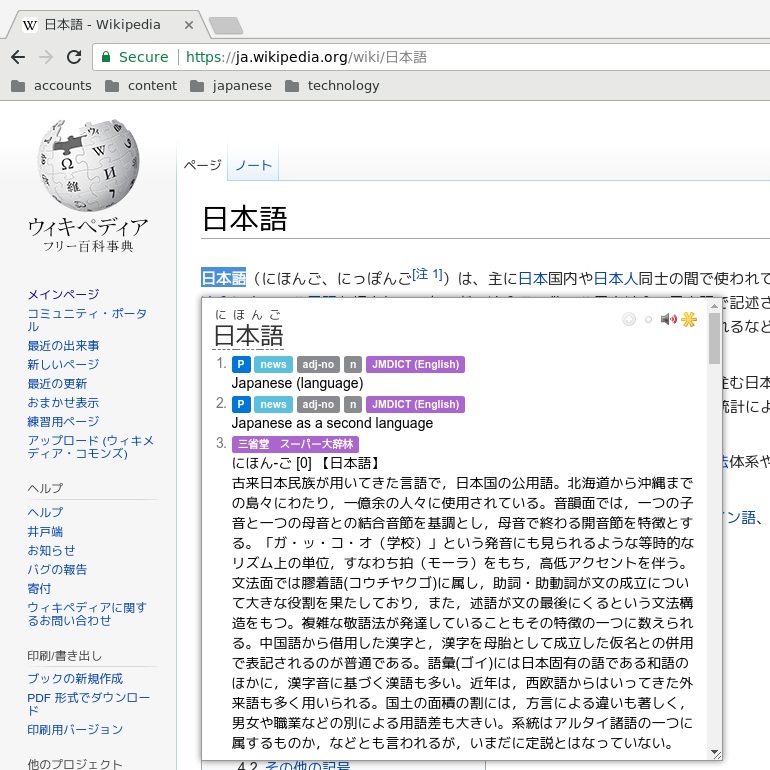いただきます!
For the uninitiated, Japan is known for having an abundance of vending machines containing everything from snacks and coffee to towels and eggs. Odd? Sure. But these machines are an interesting part of Japanese culture and a fun topic to explore. Here are 5 of the most interesting Japanese vending machines you could come across on a trip to Japan.

Flying Fish Soup
Dashi Doraku, also known as flying fish soup is a machine that vends little fishes in a bottle of broth to pour over your noodles. It may seem a little odd at first, but these little fish help to give an authentic ramen-shop experience to your cheap 100円 shop ramen. The Dashi Doraku vending machines started in Hiroshima but have since begun popping up elsewhere as their popularity grew.

Lettuce
The Chef’s Farm machine produces 60 heads of lettuce per day without any sunlight! Using 40-watt fluorescent lightbulbs, these little powerhouses produce your veggies day in and day out using only artificial light. The seeds are put into the machine’s trays manually by the workers who service them, but the little enclosed garden does the rest!

Eggs
Your random hankering for never-ending eggs is quenched with this vending machine! Farm fresh eggs are categorized into conveniently priced bundles depending on quantity and size. With this machine you would only need to make a short walk to the machine. This is of course assuming you live in a small farming community as that’s where these machines are usually found.

Pizza
Ever wanted a fresh pizza but didn’t want to deal with the human aspect involved? Here the machine lets you choose all your topping options just the way you like it and it handles the rest. It kneads and spreads the dough, adds the toppings, and bakes it right there in the machine. It’s like heaven in a box!

Hot Menu Vending Machine
Nothing is more convenient than frozen meals. They’re quick, sometimes mostly healthy, and convenient. All you need to do is pop them in the microwave and out comes a meal. This machine spits out similarly styled meals for cheap! Not really sure if we needed a vending machine to make microwave meals for us but it’s the idea itself that makes this vending machine interesting.







